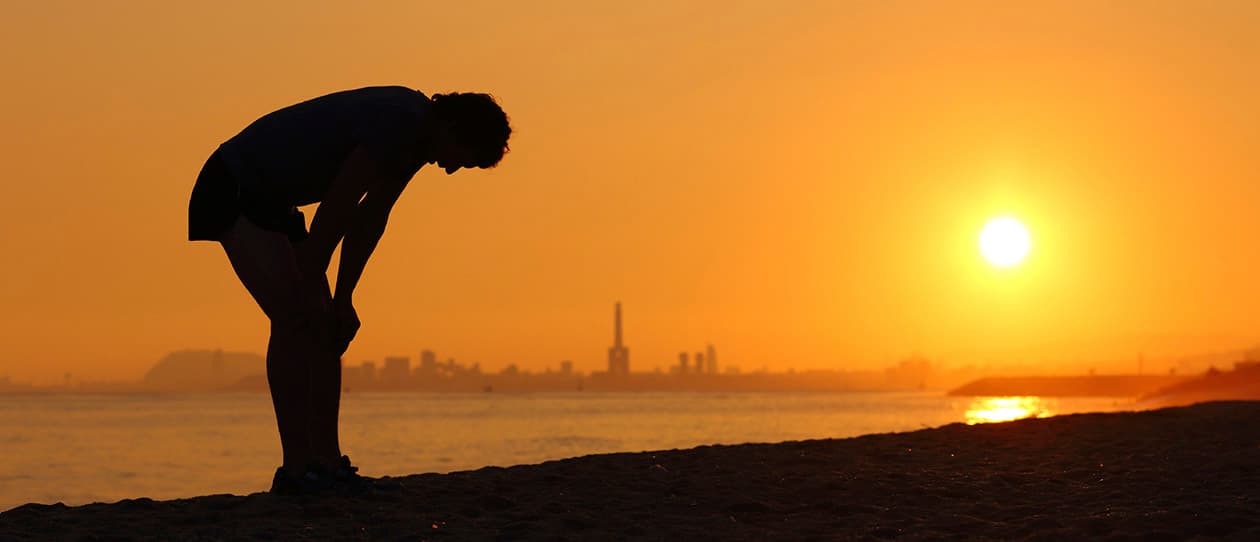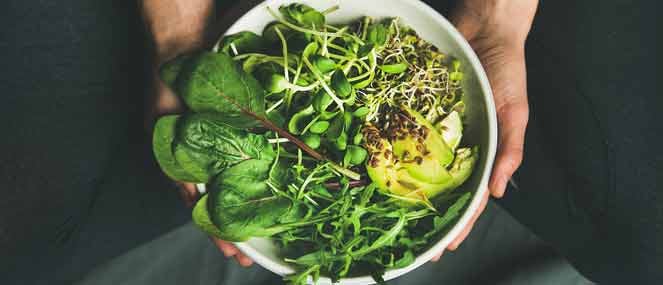
- Health hub/
- Arthritis, joint, bone & muscle/
- Treating Post-Exercise Muscle Soreness


Most runners will experience muscle soreness at some point in their lives. The scientific name for it is delayed onset muscular soreness (or DOMS), because it usually occurs between 8 hours and 3 days after your activity.
It’s most common in people who haven’t done much training, but it can also occur in more experienced athletes, especially after unaccustomed intense workouts. For example, it may occur after interval training, running downhill, a new weight training workout, or after running in a different locality with lots of hills or stairs.
The muscle fibers actually become slightly damaged, resulting in an inflammatory response involving pain, reduced range of motion, reduced muscle output and possibly some swelling or tightness.
One theory is that the purpose of DOMS is to assist the muscle fibers in repairing themselves by protecting them from further damage, making it difficult to perform a similar exercise in the days afterwards.
The research
A recent study published in the journal Metabolism investigated the role of dietary supplements in boosting exercise recovery and reducing muscle soreness.
Daily supplements containing carnitine were given to men and women aged between 40 and 65 during a program of resistance training involving a squat/leg press, and the results were compared to a placebo.
Carnitine (also known as l-carnitine) is a vitamin-like nutrient derived from amino acids – the building blocks of protein.
Blood samples following the trial found that, compared to a placebo, supplementation with 2 grams of carnitine significantly improved a range of post-exercise markers of stress, including purine metabolism, free radical formation, and muscle soreness in adults older than 40 years.
According to the researchers, carnitine can reduce chemical damage to tissues after exercise and optimize the processes of muscle tissue repair and remodelling. It was also mentioned that these positive findings reflect the results found in previous research on younger people.
Tips on treatment and prevention
Following are some tips on how to prevent DOMS from occurring, and how to speed your recovery when it does occur.
- Easy yourself into training – If you haven’t run for a while, go easy for a few weeks to allow your muscles to adapt to your new training program. Slowly progress back to your previous training levels instead of starting out where you left off. The longer that you were unable to train, the longer you should take to ease yourself back in.
- Rest if you are sore – If you have existing soreness from a previous workout, your muscles are still recovering. Constantly training a "damaged" muscle may lead to a state of overtraining.
- Have a massage – Gentle massage can boost circulation and may help reduce inflammation. Tell your massage therapist which areas need the most attention to help boost healing and recovery
- Try a warm bath or spa – The use of heat can help to relax aching muscles and increase blood flow and oxygen to the damaged areas.
- Gentle exercise – Another way to boost circulation is with gentle exercise such as walking, stretching, a light swim or a hydrotherapy class. This should be at a significantly lower level of intensity compared to the workout that got you sore.
- Get plenty of sleep – Sleep is when your body repairs and rejuvenates itself. Try to get 7-8 hours of quality sleep each night.
- Nourish your body – Help your body recover by providing all the necessary vitamins and minerals it needs. A magnesium supplement may help
- Pay more attention as you get older – After the age of 40, physiological changes may reduce the body’s ability to recover from exercise. Increase your focus on rest and recovery, and maintaining strength and flexibility as you get older.




